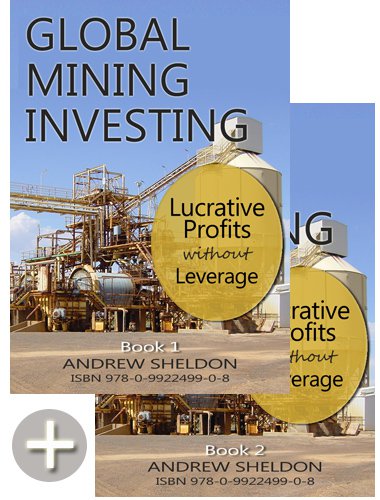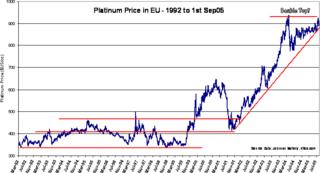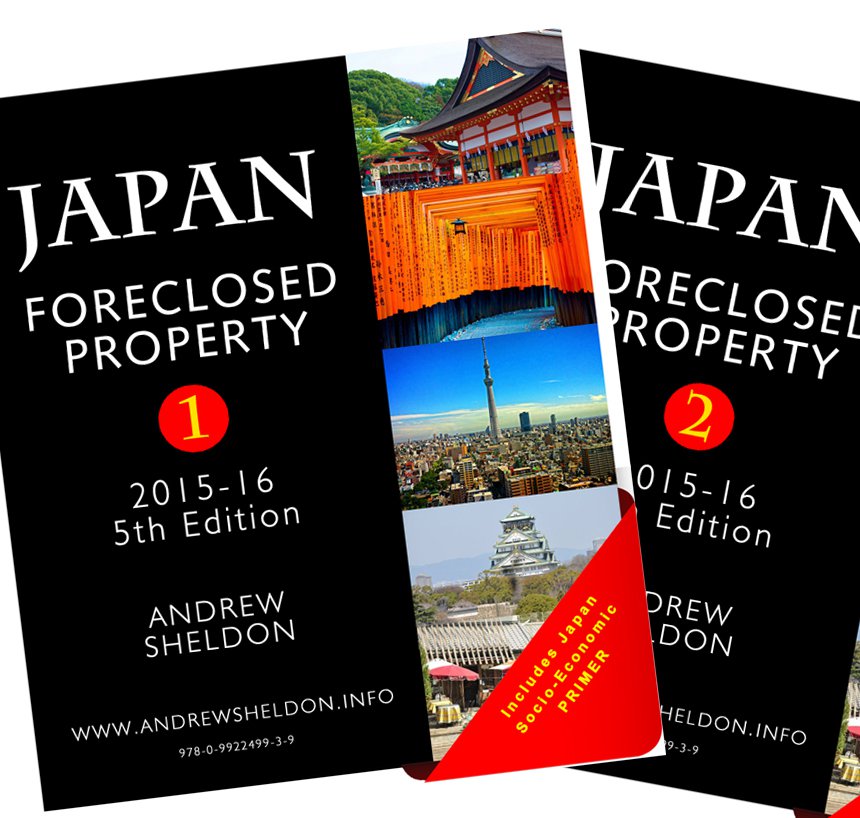Gold has been a long time favourite of mine for several reasons:
- Political: It was always more than an investment > Supporting real money
- Depth: No other segment of the Australian market is as deep. There must be in the realm of 30 listed gold producers, 150 gold explorers
- Knowledge: I have a background well-suited to understanding these companies, even though my arm-chair analysis is sometimes misguided.
Unlike a great deal of other commodities - gold is not just about supply and demand, or at least not in the sense as it applies to other commodities which have industrial applications. It gives in several respects:
- Political: Gold is the most tangible form of money because its value is recognised more widely than any other commodity, and that value cannot be subverted like the common `fiat` paper currencies.
- Stockpiles: There is a huge above-ground surplus of gold held by central banks around the world. The abolition of the gold standard has meant that a number of central banks have resorted to selling their official gold reserves, and substituting them for other currencies and foreign treasuries in their Foreign Exchange reserves. This is a huge mistake given the lack of monetary discipline exhibited by treasuries worldwide. The worst offender is the US.
Capitalism encourages people to build wealth, or in times of crisis to seek stores of value, to protect what they have. Gold is a strategic asset class that earns little interest (from gold leasing), but which can yield great returns if other classes of assets yield little return. The alternative asset classes are:
- Bonds: A great deal of wealth is held in these paper assets. A threat to the value of these assets is inflation and debt repudiation.
- Property: A great deal of wealth is held in property assets. During times of economic booms like now, a higher proportion of property is held as an investment. If market fortunes change, a great risk is posed to holders of this asset class.
- Equities: Corporate stocks are a large store of wealth, particularly in economic booms when earnings are high, and valuations are similar.
- Commodities: Raw materials have value in exchange, but may be traded.
- Forex: Paper is a less tangible value than others because it has a relative value to other currencies since the gold standard was abolished in the 1970s.
The sad reality is that economic booms are pushed by governments to the brink in order to retain government as long as possible. They are seldom based on sustainable demand fundamentals, but rather are the product of a variety of government stimulus in the form of:
- Easy monetary policy: Whereby a governmnt manipulates the supply of money in the economy to keep interest rates low, to facilitate an expansion of credit, as well as an asset bubble in order to support even more credit creation.
- Public debt financing: The government uses its power to print money or issue debt securities to finance public spending.
- Tax cuts: When an economy seems to be sluggish, a government might resort to tax cuts to stimulate even more spending.
There are however several positive ways of creating wealth which exist in the economy:
- Technology: Break throughs in design, engineering and pure science can lead to new & improved products that improve the productivity of workers.
- Deregulation: Governments are capable of removing the costs of production by liberalising markets, particularly the trade between countries. The opening up of low cost manufacturing bases has a huge impact on product pricing, and often product innovation as product margins soar.
Together these 2 factors increase what we understand to be Factor Productivity. Together these 2 factors have resulted in huge economic booms in prior centuries, starting with the tobacco and cotton booms in the New World in the 1630s and 1650s. It was the same in the early 1900s with the development of the mass-produced car. Deflation is often viewed as a negative factor in the economy, but it depends on the cause. Improvements in productivity mean businesses can produce more for less. Competition results in these savings being passed onto consumers in the form of lower prices. The implication is that consumers are winning real gains in purchasing power as a result of falling prices. Unfortunately evidence of productivity are often concealed by the government`s manipulation of the money supply, which has an inflationary impact.
We can however look to markets to tell us when gold is valuable. That time is when other asset classes - which have historically yielded higher returns are no longer. In the US, property and equity prices are still soaring, so now is not the time. But given the level of indebtness in the western markets, and dependence on US consumption for fuelling global demand, there is reason for caution. Equity markets generally are the most forward thinking - so we should look for sluggishness in US equity markets.
Nominal yields on bonds are around 1-5.5% depending on the each market, but consider the impact of inflation, and its hard to get a grip on the right figure with the governments in some countries tampering with the figures. Irrespective of real interest rates, governments cannot unprint the money needed to pay off the debt securities they have issued. As a consequence, the only way that governments can reduce money supply is by raising interest rates to a point to cause defaults. But they are not inclined to do that....better to create inflation by printing money.
With real estate yields as low as 2% there is no income-reason for holding property or shares. But there is excess money sloshing around the economy, so its just a matter of time before personal debt levels become unsustainable...because they are not supported by growing incomes. Higher prices for oil are likely to become the dampener on the economy, followed by inflation. High oil prices will of course benefit oil producing countries, but sadly their wealth is not distributed throughout their economies.
So gold is looking better - and no asset class improves in an instance. It takes time. Gold has risen from $US260/oz in 1995 to $440/oz today...but this is just median prices where people start to judge monetary values. Derivatives still appear a more attractive way to protect positions...but that`s only as long as investors trust their counter-party to honour their financial commitments.
It will be an interesting 2006.











![[Most Recent Quotes from www.kitco.com]](http://www.kitconet.com/charts/metals/gold/t24_au_en_usoz_2.gif)
![[Most Recent Quotes from www.kitco.com]](http://www.kitconet.com/charts/metals/silver/t24_ag_en_usoz_2.gif)
![[Most Recent Quotes from www.kitco.com]](http://www.kitconet.com/charts/metals/platinum/t24_pt_en_uskg_2.gif)
![[Most Recent Quotes from www.kitco.com]](http://www.kitconet.com/charts/metals/palladium/t24_pd_en_usoz_2.gif)